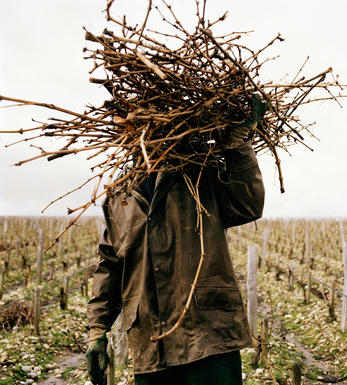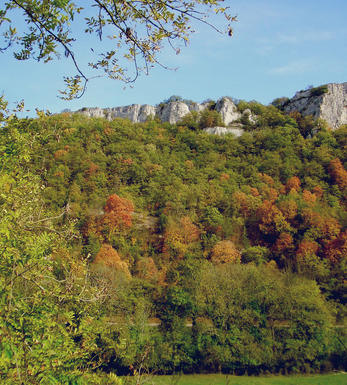
2009 Beaune Blanc, Clos des Mouches, 1er Cru, Domaine Chanson, Burgundy

About this WINE

Domaine Chanson
Though modest in size, Chanson Père & Fils is one of the oldest of Beaune’s great négociant houses, having been founded in 1750 by Simon Verry. The Chanson family, already vineyard owners in Beaune, Savigny and Pernand, took control during the 19th century. In 1999 the company was sold to Bollinger, who appointed Gilles de Courcel to run the business in 2002. The company has kept its old headquarters and maturation cellars in the ‘bastion’, a late medieval stone tower which was one of Beaune’s principal fortifications, with a more modern vinification facility on the edge of town towards Savigny, built in 1974 and undergoing modernisation and extension between 2008 and 2010.
The wines are made by Jean-Pierre Confuron, of Domaine Confuron-Cotetidot in Vosne-Romanée, whose brother Yves supervises Gilles de Courcel’s family domaine in Pommard. The new team has made considerable improvements, beginning in the vineyards which are now ploughed and no longer fertilised. From 2009 the domaine vineyards will be organic. Unusually amongst the major négociants, Chanson reds are made with a good proportion of the stems included. The majority of the wines see about 30 per cent new oak during maturation, with François Frères favoured for red-wine barrels and Damy for white.
The Chanson domaine, increased to 45 hectares by some shrewd purchases in 2006, provides about a quarter of the company’s production which extends to Chablis, the Mâconnais and the Beaujolais. Its own vineyards are entirely in the Côte de Beaune.
Jasper Morris MW, Burgundy Wine Director and author of the award-winning Inside Burgundy comprehensive handbook.

Beaune
The wines of Beaune are usually on the lighter side, especially if from the flatter vineyards on the Pommard side, or the sandier soils towards Savigny. The sturdiest wines with the greatest depth of flavour come from the steeper slopes overlooking the town itself.
The Hospices de Beaune charity auction on the third Sunday in November is one of the highlights of the year. The Hospices building, known as l'Hôtel-Dieu, is well worth visiting. Beaune is also home to several of the region’s best known merchants such as Maisons Louis Jadot and Joseph Drouhin.- 128 hectares of village Beaune and 52 hectares of Côte de Beaune
- 322 hectares of Premier Cru vineyards. The finest vineyards include Les Grèves, Clos des Mouches
- Recommended producers: Germain, Devevey, Domaine des Croix, Jadot, Drouhin, Camille Giroud.
- Recommended restaurants: Ma Cuisine (not least for the wine list), Le Conty

Chardonnay
Chardonnay is often seen as the king of white wine grapes and one of the most widely planted in the world It is suited to a wide variety of soils, though it excels in soils with a high limestone content as found in Champagne, Chablis, and the Côte D`Or.
Burgundy is Chardonnay's spiritual home and the best White Burgundies are dry, rich, honeyed wines with marvellous poise, elegance and balance. They are unquestionably the finest dry white wines in the world. Chardonnay plays a crucial role in the Champagne blend, providing structure and finesse, and is the sole grape in Blanc de Blancs.
It is quantitatively important in California and Australia, is widely planted in Chile and South Africa, and is the second most widely planted grape in New Zealand. In warm climates Chardonnay has a tendency to develop very high sugar levels during the final stages of ripening and this can occur at the expense of acidity. Late picking is a common problem and can result in blowsy and flabby wines that lack structure and definition.
Recently in the New World, we have seen a move towards more elegant, better- balanced and less oak-driven Chardonnays, and this is to be welcomed.


Buying options
Add to wishlist
wine at a glance
Delivery and quality guarantee